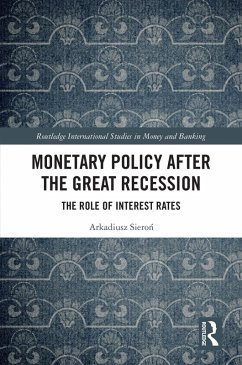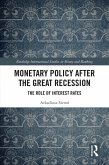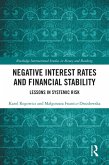The central thesis of the book is that the standard understanding of the monetary transmission mechanism is flawed. That understanding adopts erroneous assumptions-such as, that low interest rates always stimulate economic growth by boosting the credit supply, investment, and consumption-and does not fully take into account several unintended channels of monetary policy, such as risk-taking, high level of debt, or zombification of the economy. In other words, the effectiveness of monetary policy is limited during economic downturns accompanied by the debt overhang and the balance sheet recession, and generates negative effects, which can make the policy counterproductive.
The author provides a thorough analysis of the issues related to the interest rates in the conduct of monetary policy, such as the risk-taking channel of monetary policy, the portfolio-balance channel and the wealth effect, zombie firms in the economy, the misallocation of resources, as well as the neutral interest rate targeting and the difference between the neutral and natural interest rate and the negative interest rate policy.
The book is written in an accessible and engaging manner and will be a valuable resource for scholars of monetary economics as well as readers interested in (unconventional) monetary policy.
Dieser Download kann aus rechtlichen Gründen nur mit Rechnungsadresse in A, B, BG, CY, CZ, D, DK, EW, E, FIN, F, GR, HR, H, IRL, I, LT, L, LR, M, NL, PL, P, R, S, SLO, SK ausgeliefert werden.









